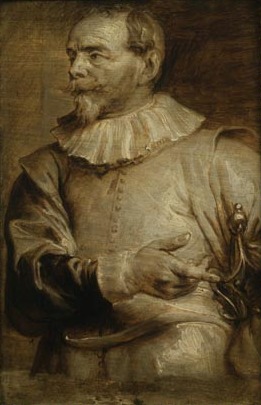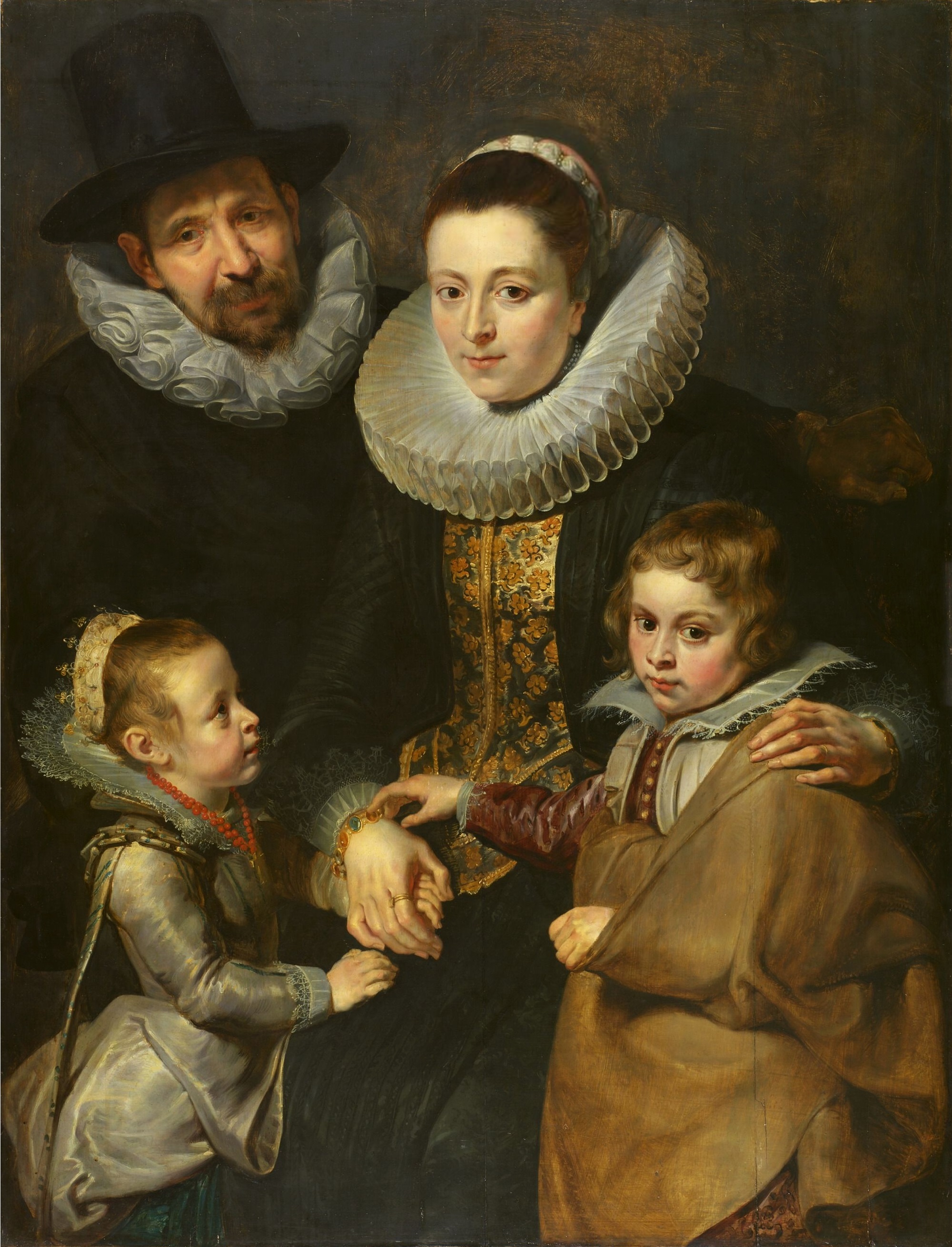|
Pieter Van Der Borcht The Elder
Pieter van der Borcht (I) or Peter van der Borcht (c. 1530–1608) was a Flemish Renaissance painter, draughtsman and etcher. He is regarded as one of the most gifted botanical painters of the 16th century.Thomas Gloning, Lydia Kaiser und Ans Schapendonk, ''Rembert Dodoens und sein Cruyde Boeck (1563)'' in: 'Rembert Dodoens, Cruyde Boeck, Antwerpen 1563', UB Marburg, Marburg, 2005, p. 1-73 Pieter van der Borcht the Elder also introduced new themes such as the 'monkey scene' (also called 'singerie') into Northern art. Life He was born in Mechelen. There are indications that Pieter van der Borcht was the son of Jacques van der Borcht. Jacques van der Borcht was an artist who was regarded in 1562 as the dean of the Mechelen Guild of Saint Luke.Pieter van der Borcht at Mechelen MAPT Pieter van der Borcht is recorded in 1564 as ... [...More Info...] [...Related Items...] OR: [Wikipedia] [Google] [Baidu] |
Pieter Van Der Borcht (I) - Peasant Fair
Pieter van der Borcht may refer to one of the following 16th and 17th century Flemish artists: * Pieter van der Borcht the Elder (c. 1530–1608), a Flemish Renaissance painter, draughtsman and etcher * Pieter van der Borcht (III) (c. 1589–1662), a Flemish painter and draftsman {{hndis, van der Borcht, Pieter ... [...More Info...] [...Related Items...] OR: [Wikipedia] [Google] [Baidu] |
Jacob Van Liesvelt
Jacob van Liesvelt or Jacob van Liesveldt ( Antwerp, c. 1489, – Antwerp, 28 November 1545), was a Flemish printer, publisher and bookseller.''Uitgaven der Maatschappij der Antwerpsche bibliophilen, Volumes 12-13'' Vereeniging der Antwerpsche bibliophilen, J.-E. Buschmann, 1883, pp. 275-279 His printing press put out publications in a wide range of genres, including poetry by , Roman Catholic literature, such as an anti-heresy decree, and publications that conflicted with Catholic teachings. [...More Info...] [...Related Items...] OR: [Wikipedia] [Google] [Baidu] |
Sebastiaen Vrancx
Sebastiaen Vrancx, Sebastiaan Vrancx or Sebastian Vranckx (; 22 January 1573 – 19 May 1647) was a Flemish Baroque painter, draughtsman and designer of prints who is mainly known for his battle scenes, a genre that he pioneered in Netherlandish painting. He also created landscapes with mythological and allegorical scenes, scenes with robbers, village scenes and celebrations in cities.Joost Vander Auwera. "Vrancx, Sebastiaen." Grove Art Online. Oxford Art Online. Oxford University Press. Web. 9 October 2016 He was a gifted figure painter who was regularly invited to paint the staffage in compositions of fellow painters. As an active member of a local chamber of rhetoric, he wrote comedies and a number of poems. He was further captain of the Antwerp civil militia (schutterij).Frans Jozef Peter Van den Branden, ''Geschiedenis der Antwerpsche schilderschool'', Antwerpen, 1883, p. 469-474 Life Sebastiaen Vrancx was baptized on 22 January 1573 in the St James Church in Antwerp. H ... [...More Info...] [...Related Items...] OR: [Wikipedia] [Google] [Baidu] |
Jan Brueghel The Younger
Jan Brueghel (also Bruegel or Breughel) the Younger (, ; ; 13 September 1601 – 1 September 1678) was a Flemish Baroque painter. He was the son of Jan Brueghel the Elder, and grandson of Pieter Bruegel the Elder, both prominent painters who contributed respectively to the development of Renaissance and Baroque painting in the Habsburg Netherlands. Taking over his father's workshop at an early age, he largely painted the same subjects as his father in a style which was similar to that of his father.Jan Brueghel the Younger at the Getty Center He gradually was able to break away from his father's style by developing a broader, more painterly, and less structured manner of painting. [...More Info...] [...Related Items...] OR: [Wikipedia] [Google] [Baidu] |
Jan Brueghel The Elder
Jan Brueghel (also Bruegel or Breughel) the Elder (, ; ; 1568 – 13 January 1625) was a Flemish painter and draughtsman. He was the son of the eminent Flemish Renaissance painter Pieter Bruegel the Elder. A close friend and frequent collaborator with Peter Paul Rubens, the two artists were the leading Flemish painters in the first three decades of the 17th century. Brueghel worked in many genres including history paintings, flower still lifes, allegorical and mythological scenes, landscapes and seascapes, hunting pieces, village scenes, battle scenes and scenes of hellfire and the underworld. He was an important innovator who invented new types of paintings such as flower garland paintings, paradise landscapes, and gallery paintings in the first quarter of the 17th century.Kolb, 2005, p. 1 He further created genre paintings that were imitations, pastiches and reworkings of his father's works, in particular his father's genre scenes and landscapes with peasants. Brueghel represen ... [...More Info...] [...Related Items...] OR: [Wikipedia] [Google] [Baidu] |
Frans Francken The Younger
Frans Francken the Younger (1581 in Antwerp, 1581 – 6 May 1642, in Antwerp) was a Flemish painter who created altarpieces and furniture panels and gained his reputation chiefly through his small and delicate cabinet pictures with historical, mythological or allegorical themes. He is the best-known and most prolific member of the large Francken family of artists.Frans Francken the Younger at the J. Paul Getty Museum Franckenplayed an important role in the development of Flemish art in the first half of the 17th century through his innovations in many genres including and his introduction of new subject matter. He was a frequent collabora ... [...More Info...] [...Related Items...] OR: [Wikipedia] [Google] [Baidu] |
Pieter Van Der Borcht (I) - The Nursery (c. 1589–1662), a Flemish painter and draftsman
{{hndis, van der Borcht, Pieter ...
Pieter van der Borcht may refer to one of the following 16th and 17th century Flemish artists: * Pieter van der Borcht the Elder (c. 1530–1608), a Flemish Renaissance painter, draughtsman and etcher * Pieter van der Borcht (III) Pieter van der Borcht (III) (c. 1589–1662), was a Flemish painter and Drafter, draftsman. He was originally a figure painter but later switched to landscape painting. [...More Info...] [...Related Items...] OR: [Wikipedia] [Google] [Baidu] |
Kraków
Kraków (), or Cracow, is the second-largest and one of the oldest cities in Poland. Situated on the Vistula River in Lesser Poland Voivodeship, the city dates back to the seventh century. Kraków was the official capital of Poland until 1596 and has traditionally been one of the leading centres of Polish academic, economic, cultural and artistic life. Cited as one of Europe's most beautiful cities, its Old Town with Wawel Royal Castle was declared a UNESCO World Heritage Site in 1978, one of the first 12 sites granted the status. The city has grown from a Stone Age settlement to Poland's second-most-important city. It began as a hamlet on Wawel Hill and was reported by Ibrahim Ibn Yakoub, a merchant from Cordoba, as a busy trading centre of Central Europe in 985. With the establishment of new universities and cultural venues at the emergence of the Second Polish Republic in 1918 and throughout the 20th century, Kraków reaffirmed its role as a major national academic and a ... [...More Info...] [...Related Items...] OR: [Wikipedia] [Google] [Baidu] |
Jagiellonian University
The Jagiellonian University (Polish: ''Uniwersytet Jagielloński'', UJ) is a public research university in Kraków, Poland. Founded in 1364 by King Casimir III the Great, it is the oldest university in Poland and the 13th oldest university in continuous operation in the world. It is regarded as Poland's most prestigious academic institution. The university has been viewed as a guardian of Polish culture, particularly for continuing operations during the partitions of Poland and the two World Wars, as well as a significant contributor to the intellectual heritage of Europe. The campus of the Jagiellonian University is centrally located within the city of Kraków. The university consists of thirteen main faculties, in addition to three faculties composing the Collegium Medicum. It employs roughly 4,000 academics and provides education to more than 35,000 students who study in 166 fields. The main language of instruction is Polish, although around 30 degrees are offered in Engli ... [...More Info...] [...Related Items...] OR: [Wikipedia] [Google] [Baidu] |
Jagiellonian Library
Jagiellonian Library ( pl, Biblioteka Jagiellońska, popular nickname ''Jagiellonka'') is the library of the Jagiellonian University in Kraków and with almost 6.7 million volumes, one of the largest libraries in Poland, serving as a public library, university library and part of the Polish national library system.Official national library of Poland is the National Library of Poland in Warsaw; however Jagiellonian Library is considered a part of the '' Narodowy Zasób Biblioteczny''. It was ''the'' National Library before the creation of the National Library in Warsaw, and today it contains the National Library collection for the period before 1801. It has a large collection of medieval manuscripts, for example Copernicus' ''De Revolutionibus'' and Jan Długosz's ''Banderia Prutenorum'', and a large collection of underground literature (so-called ''drugi obieg'' or samizdat) from the period of communist rule in Poland (1945–1989). The Jagiellonian also houses the '' Berlinka'' a ... [...More Info...] [...Related Items...] OR: [Wikipedia] [Google] [Baidu] |
Flora (plants)
Flora is all the plant life present in a particular region or time, generally the naturally occurring (indigenous) native plants. Sometimes bacteria and fungi are also referred to as flora, as in the terms '' gut flora'' or '' skin flora''. Etymology The word "flora" comes from the Latin name of Flora, the goddess of plants, flowers, and fertility in Roman mythology. The technical term "flora" is then derived from a metonymy of this goddess at the end of the sixteenth century. It was first used in poetry to denote the natural vegetation of an area, but soon also assumed the meaning of a work cataloguing such vegetation. Moreover, "Flora" was used to refer to the flowers of an artificial garden in the seventeenth century. The distinction between vegetation (the general appearance of a community) and flora (the taxonomic composition of a community) was first made by Jules Thurmann (1849). Prior to this, the two terms were used indiscriminately.Thurmann, J. (1849). ''Essai de ... [...More Info...] [...Related Items...] OR: [Wikipedia] [Google] [Baidu] |
Spain
, image_flag = Bandera de España.svg , image_coat = Escudo de España (mazonado).svg , national_motto = ''Plus ultra'' (Latin)(English: "Further Beyond") , national_anthem = (English: "Royal March") , image_map = , map_caption = , image_map2 = , capital = Madrid , coordinates = , largest_city = Madrid , languages_type = Official language , languages = Spanish language, Spanish , ethnic_groups = , ethnic_groups_year = , ethnic_groups_ref = , religion = , religion_ref = , religion_year = 2020 , demonym = , government_type = Unitary state, Unitary Parliamentary system, parliamentary constitutional monarchy , leader_title1 = Monarchy of Spain, Monarch , leader_name1 = Felipe VI , leader_title2 = Prime Minister of Spain ... [...More Info...] [...Related Items...] OR: [Wikipedia] [Google] [Baidu] |
_-_Peasant_Fair.jpg)




.jpg)
.jpg)
.jpg)
